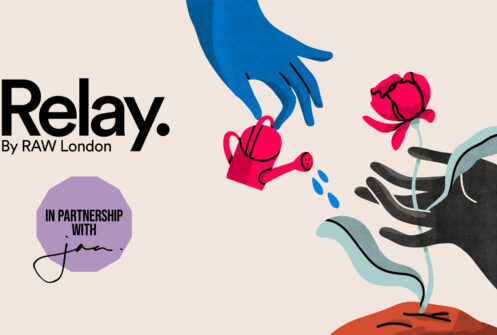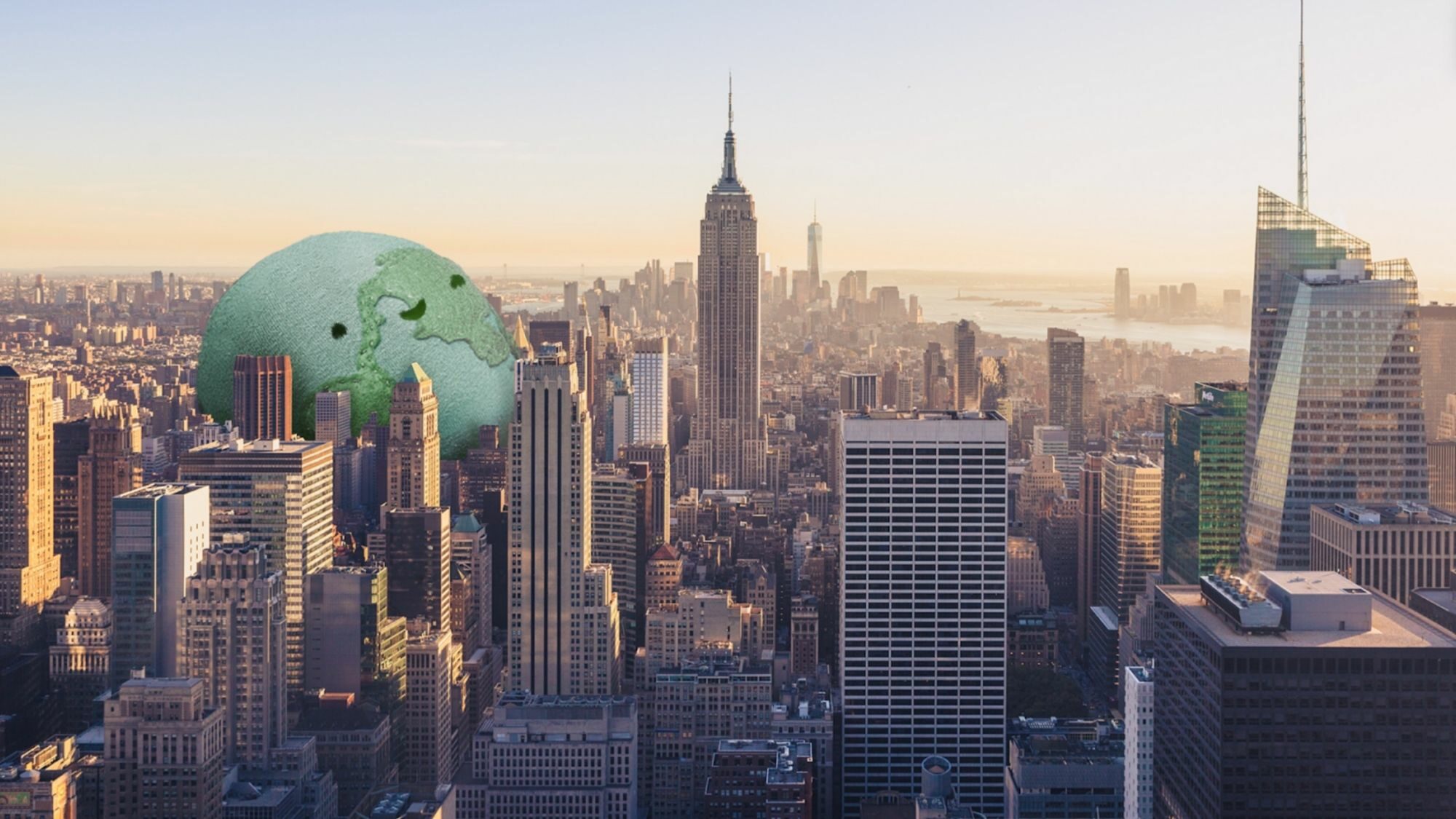

Fun fact! BAFTA’s new report on UK TV subtitles shows that words like ‘cats’ and ‘picnics’ both get more mentions on British television than the environment. In fact, the number of references to ‘climate change’ were on par with ‘zombies’!
So what does this show us? Well, it highlights to me that we need to talk more about climate change. The issue needs to start taking centre stage everywhere – including in popular culture.
The next decade will be critical in determining not only how we can reduce carbon emissions to zero, but also how we can mitigate disasters, from food and water shortages to mass population displacement. Air pollution, crop failures, forest fires, melting icebergs – all point to a very real threat, raising discussions across industries.
As an industry, we are self-proclaimed problem-solvers. But we need to bring more to the table if we want real change to happen. We are in the advantageous position to inspire, educate and make an impact – but so far we’ve been part of the problem.
A recent report from the New Weather Institute and We Are Possible concluded that the advertising industry indirectly contributes to climate degradation by encouraging “materialistic values and goals” linked to “unsustainable behaviours”. Essentially, it encourages people to purchase and consume products that have a direct negative impact on the environment, like tobacco, beef, plastic or travel.
To be part of the solution, we have a responsibility to recognise our power. In promoting critical messages and encouraging behavioural changes and attitude shifts, we can contribute to climate action. Greenpeace, as one example, launched their Reuse Revolution campaign to demand that companies stop polluting our planet with throwaway plastic. Thanks to the pressure, corporations finally started admitting they helped create this crisis.
Volvo, in partnership with illustrator Jago Silver, created an illustrated children’s book depicting a story about a young boy who loves the ocean but realises one morning that the tide never came back. The project introduces children to the concept of sustainability, and helps them understand the fragility of the ocean ecosystem. This was part of Volvo’s larger initiative to tackle plastic pollution.
But to practice what we preach, we also have to make sure the way our industry operates is aligned to a strategy towards reaching net zero and reducing carbon emissions.
Recently, the Advertising Association launched Ad Net Zero, an industry wide initiative to promote collective action in response to the climate crisis. It encourages agencies to measure the carbon impact of their campaigns. As a result, their mission is to reduce the carbon impact of the development, production and media placement of advertising, reaching a real net zero by 2030.
Audiences are also increasingly more concerned about climate change issues and consumers demand clarity from brands on their sustainability practices. People value honesty and are much more likely to call out greenwashing and inauthentic attempts from brands, so we must align with a clear plan that commits us to addressing climate change and creating impact.